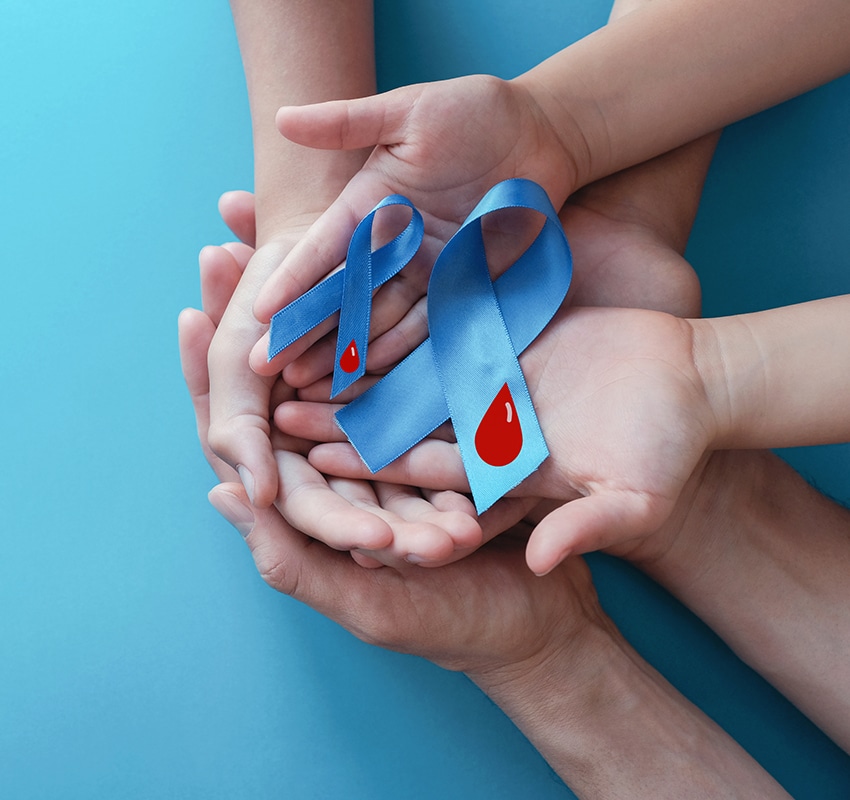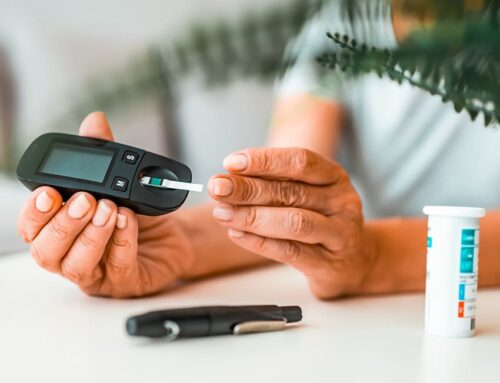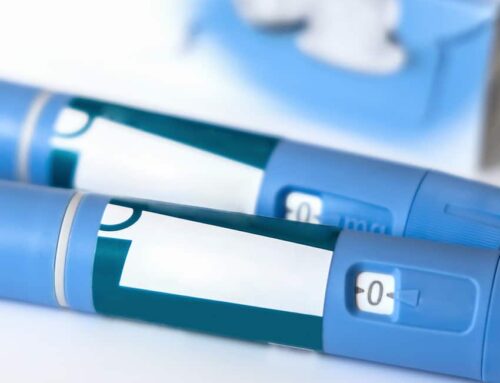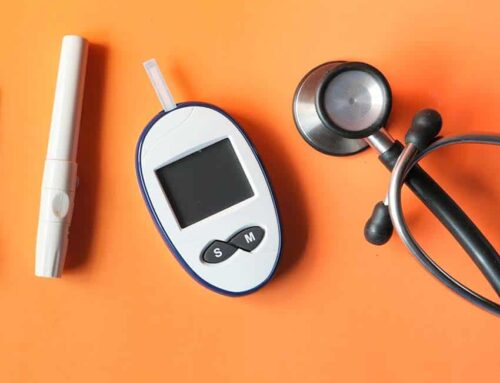When is Diabetes Awareness Day? Know Your Risk & Response for World Diabetes Day
Diabetes affects millions of people worldwide, yet many remain unaware of the risk factors, complications, and resources available to manage this chronic disease. As we approach Diabetes Awareness Day, also known as World Diabetes Day, it is time to shed light on the importance of this worldwide event and empower ourselves with the knowledge to take responsibility of our health and help others suffering from diabetes.
Key Takeaways
- World Diabetes Day is an annual event celebrated on November 14th to raise awareness and unite the diabetes community.
- The connection between kidney disease and diabetes can be managed through dietary modification, regular monitoring, and lifestyle changes.
- On World Diabetes Day, access to care resources are promoted globally as well as locally for American Diabetes Alert Day in March.
World Diabetes Day: Date and Significance
Every 14th of November, World Diabetes Day is celebrated to bring attention to this widespread condition and pay homage to the pioneering insulin discovery in 1922 by Frederick Banting and Charles Best. This remarkable breakthrough transformed how diabetes was treated, providing a way for those who were unable to produce enough insulin on their own. According to the World Health Organisation (WHO), whether it comes to intervention in terms of prevention or diagnosis activities addressing access to care available, diabetes—which is now one of the major causes of death worldwide needs a global focus.
Wearing blue circle-logo clothes or creating your own clothing will help raise awareness for these initiatives on this day and make a bigger visual effect on how the entire world is working together to combat the diabetes dilemma!
The Blue Circle: Global Symbol for Diabetes
The blue circle – an internationally renowned sign for diabetes awareness and understanding amongst the global diabetic population – stands as a representation of everyone’s solidarity in confronting this epidemic. It symbolizes our joint commitment to facing the disease, prompting us all to take action such as prevention practices, giving support to those who suffer from it, or managing healthy blood glucose levels.
Display of the badge illustrates how we continue devoting ourselves with passion in order to combat diabetes on a global level while reinforcing unity among each other.
Types of Diabetes: Know the Difference
Raising awareness about the factors that can lead to diabetes is key to prevention and early detection. Type 1 diabetes requires consistent insulin injections, and close monitoring of blood sugar levels, along with a balanced diet and exercise program in order to keep glucose under control.
On the other hand, type 2 can often be managed through lifestyle changes like eating healthy foods, engaging in regular physical activity, and maintaining an ideal weight.
During pregnancy, gestational diabetes can also arise. It requires a correct diagnosis and the appropriate course of treatment. This medical disorder has a huge global impact that is no longer preventable, with one person globally developing it every five seconds and someone dying from consequences every ten seconds.
Access to Diabetes Care: A Crucial Focus
To commemorate the 100th anniversary of insulin discovery, this year’s World Diabetes Day focuses on “Access to Diabetes Care.” Since there are more than 460 million diabetics worldwide, it is essential that they have proper access to services and care that meet their needs.
Prevention and Management Strategies
In order to reduce the risk of type 2 diabetes and its potential complications, it is important to maintain a healthy lifestyle with balanced dieting, regular exercise, and successful weight management. These changes in behavior, preventing smoking habits, and consuming diets higher in dietary fiber can impact one’s health outcomes when living with diabetes.
Considering a substantial link between this condition and kidney problems, raising awareness of the connection should be prioritized. Monitoring blood glucose levels and overall health status will aid in minimizing any deterioration caused by diabetic kidney problems.
Kidney Disease and Diabetes: The Connection
Managing diabetes is key in order to minimize the potential risk of severe kidney diseases. An essential part of that management involves reducing protein intake and monitoring blood glucose levels with a healthy diet plan. This helps maintain good health and prevent any additional complications caused by the chronic condition. Maintaining sufficient insulin production or use may aid in minimizing hardening and rigidity within the blood vessels located in the kidneys as another preventive measure against diabetic-related kidney problems.
American Diabetes Alert Day
Every fourth Tuesday of March, American Diabetes Alert Day is celebrated to promote awareness regarding the severity of diabetes and highlight its risk elements. The event serves as a signal for those who are in danger of developing this chronic condition through different ways such as monitoring their blood glucose levels. Likewise aiming to minimize or prevent potential complications with access to appropriate care given by an experienced healthcare team.
The Association’s estimations show that 7.3 million Americans living in the United States today aren’t aware of being diagnosed with diabetes – so it promotes recognition of risks related, sharing support from local resources available.
Global Diabetes Community
On World Diabetes Day, the international diabetes federation and other members of the global diabetes community join together to raise awareness about issues surrounding diabetes. Uniting in solidarity with their emblem – a blue circle- they advocate for more comprehensive care, prevention strategies as well as support systems for people living with this chronic disease. By coming together during these occasions resources are shared so that significant progress can be made against this growing epidemic we call ‘diabetes’.
Resources and Support for People Living with Diabetes
The World Health Organization (WHO) recommends that individuals living with diabetes access various resources and support networks in order to manage their condition effectively. These include online education programs, such as the IDF School of Diabetes which works to provide improved care for those affected by this illness, interactive tools like forums or virtual events so they can connect with others dealing with similar issues, and community activities where people gather together to learn about risk factors, preventative strategies and raise awareness for diabetes all while building relationships. All these initiatives help empower diabetics to take charge of their health better allowing them to lead more fulfilling lives overall.
Summary
On World Diabetes Day, we have the responsibility to come together and work towards addressing the diabetes epidemic by raising awareness across localities and around the world. By understanding different types of diabetes, ensuring access to resources like treatment options as well as support networks, and recognizing that prevention is key for managing this chronic condition, we can help make life better for people living with it.









